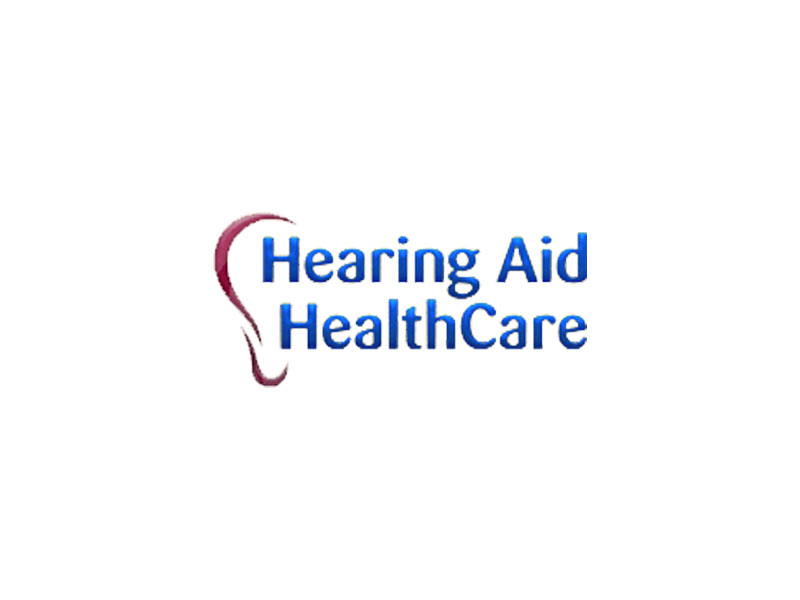If you’ve ever attended a modern day rock concert and found yourself saying, “That music is way too darned loud,” it does not necessarily mean that you’re getting old. This reaction could be your body’s way of informing you that you are at risk of hearing damage. If after the show you’ve been left with a ringing in your ears (tinnitus), or you are struggling to hear as well for a couple of days, you’ve probably experienced NIHL – noise-induced hearing loss.
Noise induced hearing loss can happen even after a single exposure to loud concert music, because the high decibel noises damage small hair cells in the inner ear that receive auditory signals and interpret them as sounds. In most cases, the noise-induced hearing loss resulting from one single exposure to very loud noise or music is temporary, and will go away within a few days. However recurring exposure to loud noise can cause the damage to become permanent and lead to tinnitus that never goes away or in a major hearing loss.
A pair of factors determine how much harm is done to hearing by exposure to loud sounds – exactly how loud the sounds are, and the amount of time you are in contact with them. The volume of sound is measured in decibels, a scale that can be difficult to comprehend because it is logarithmic, meaning that each increase of ten on the scale means that the sound is twice as loud. Thus the sound of noisy urban traffic (85 decibels) is not just a little louder than the sound of ordinary speech (65 decibels), it’s 4 times louder. The decibel rating at ordinary rock concerts is 115, meaning that these sound levels are ten times louder than ordinary speech. In addition to precisely how loud the music is, the other factor that impacts how much damage is done is the length of time you are exposed to it, the permissible exposure time. Hearing loss can occur from being exposed to sound at 85 decibels after only 8 hours. At 115 decibels, the level of rock concerts, the permissible exposure time before you risk hearing loss is under one minute. Thus rock and roll concerts are high risk, because the sound levels at some of them have been measured at more than 140 decibels.
It has been estimated that as many as 50 million Americans will suffer loss of hearing as a result of exposure to loud music – either at live shows or over headsets by 2050. Considering this, many live concert promoters and music venues have begun offering sound-baffling ear plugs to attendees for a minimal charge. One famous UK rock band even worked with an earplug supplier to offer them free of charge to fans attending its live shows. Some concertgoers have reported seeing signs inside various venues that proclaim, “Earplugs are sexy.” Earplugs may, in fact, not be very sexy, but they might just save your valuable hearing.
Any of us can help to provide you with a pair. If a noisy rock and roll concert is in your near future, we strongly suggest that you think about donning a pair.
